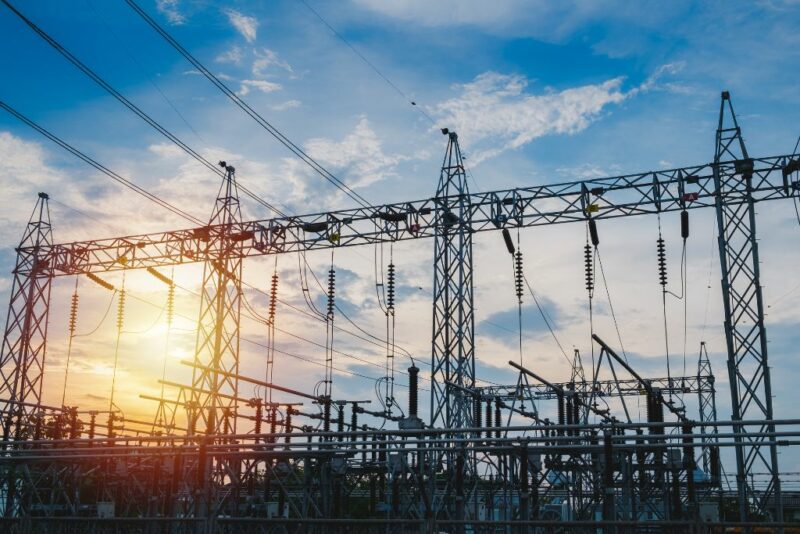News
New report maps the road to the 2030 70 per cent goal


In December 2019, a majority in the Danish parliament agreed on a new climate law, which entails that Denmark is to reduce its climate related greenhouse gas emissions by 70 per cent by 2030 (from 1990) and become climate neutral by 2050. The Danish Council on Climate Change maps the road to the 2030 goal in their new report with the title “Known roads and new paths to a 70 per cent reduction - direction and measures for the next ten years of climate action in Denmark” (in Danish).
It will require a significant effort to reach the 70 per cent reduction and most Danes will be effected by the transition. The Council’s report shows that the socio-economic costs of reaching the goal will increase continuously during the next ten years and reach approx. EUR 133 billion by 2030. The costs are equivalent to less than one per cent of Denmark’s GDP.
“We will not reach the 70 per cent goal by 2030 if we continue down our current path. However, if we take action now, it is possible to reach a 70 per cent reduction without the costs puncturing the Danish economy. The Danish Council on Climate Change recommends that we initiate the implementation of all the existing transition elements immediately – such as electric cars, reducing emissions from agriculture and increasing the use of biogas. However, the recommendations also include the planning and development of the more difficult transition that takes us all the way up to 70 per cent”, said Peter Møllgaard, Chairman of Danish Council on Climate Change.
Related news: Denmark and 11 other countries call for bigger climate ambitions in the EU
Two tracks: implementation and development
The Council distinguishes between two tracks: the implementation path and the development track. The implementation tracks represents all existing solutions and technologies that are necessary to reach the first steps towards to the 70 per cent goal by 2030. With this path, the reduction will reach around 60 per cent, and entails, among other things, that all electricity and heat is produced by renewable sources - as a result of the coal-stop by 2025, among others.
The development track represents all the unknown and strategic transition elements that are necessary to reach the 70 per cent goal by 2030. This track also ensures that we reach the final goal of climate neutrality by 2050. The track entails, among other things, that Denmark develops a strategy for CO2-storage as soon as possible and that agriculture, the transportation sector and the industry contribute with further reductions.
A package of instruments
Technological solutions and behavioural changes are first realised when the correct political instruments are put to use. Thus, the Council presents an instrument-package, where the main point is an emissions tax. This, however, is to be supported by a number of other instruments. The tax reflects the “polluter pays principle”, hence the increased expenses on CO2 emissions and other greenhouse gas emissions. To reach the 70 per cent reduction goal by 2030, the Council assesses that a tax on greenhouse gas emissions should be approx. EUR 200 per ton in 2030 (DKK 1,500).
“A more expensive general tax on greenhouse gas emissions is a pivotal instrument in the Council’s report. Today, the Danish tax-system is somewhat of a mishmash. Therefore, we believe that the system should be changed to ensure a more expensive and homogenous tax than what we see today. Additionally, we need to ensure that the production will not just move to a different country and pollute from there. This can be handled with a so-called bottom-tax-deduction for companies made subject to competition”, said Peter Møllgaard.
The instrument-package includes a number of other initiatives such as investments in research and development, and expansions of renewable energy from e.g. offshore wind farms, a tax reduction on electricity used for heating, installation of charging stations, reduction of emissions from agriculture, public green investments and much more.
-Related news: New Danish energy agreement secured: 50 per cent of Denmark’s energy needs to be met by renewable energy in 2030
Realising the first big steps by 2025
According to the Council, the 70 per cent goal and the Danish obligations to the Paris Agreement are only reachable if we implement the existing solutions as soon as possible. In relation to that, the Danish Parliament has asked the Council to present recommendations for an indicative 2025 goal. In the report, the Council presents a goal of 50-54 per cent by 2025 [Danish CO2 reductions from 1990-2025].
EU Commission: ambitious target calls for investments and reforms
According to the European Commission’s “Country Report Denmark 2020” that was published on 26 February, Denmark has set a highly ambitious greenhouse gas emissions reduction target. The report states: “Under current policies, emissions are projected to decline by 46 per cent by 2030, compared to the 1990 level. Achieving the 70 per cent target by 2030 thus requires the reduction rate to more than double, compared to the reduction rate seen between 2005 and 2018. Achieving these targets will require significant private and public investments as well as reforms throughout the economy. Besides investments, a successful transformation to the low-carbon economy will require reforms and modernisation in production, consumption, transportation and many other elements in the Danish economy.”
The report “Known roads and new paths to a 70 per cent reduction - direction and measures for the next ten years of climate action in Denmark” is available for download here (in Danish).
Sources
The Danish Council on Climate Change (in Danish)
Photo by Bogdan Karlenko on Unsplash
You should consider reading
solutions
Combined heat and power production
+6
CopenHill: The story of the iconic waste-to-energy plant
20 November 2024solutions
Energy efficiency in buildings
+2















